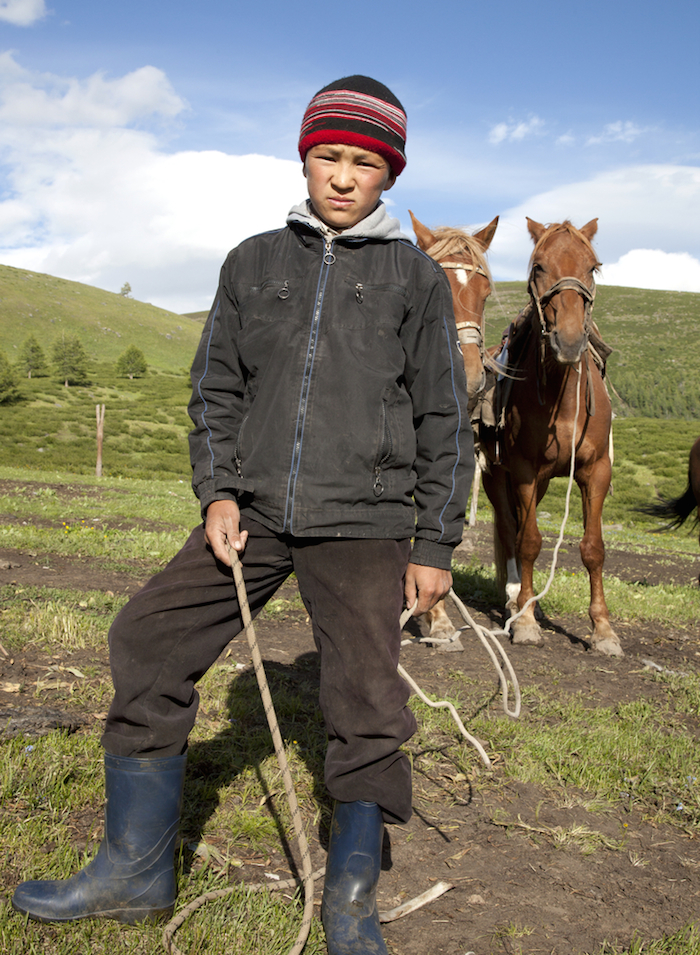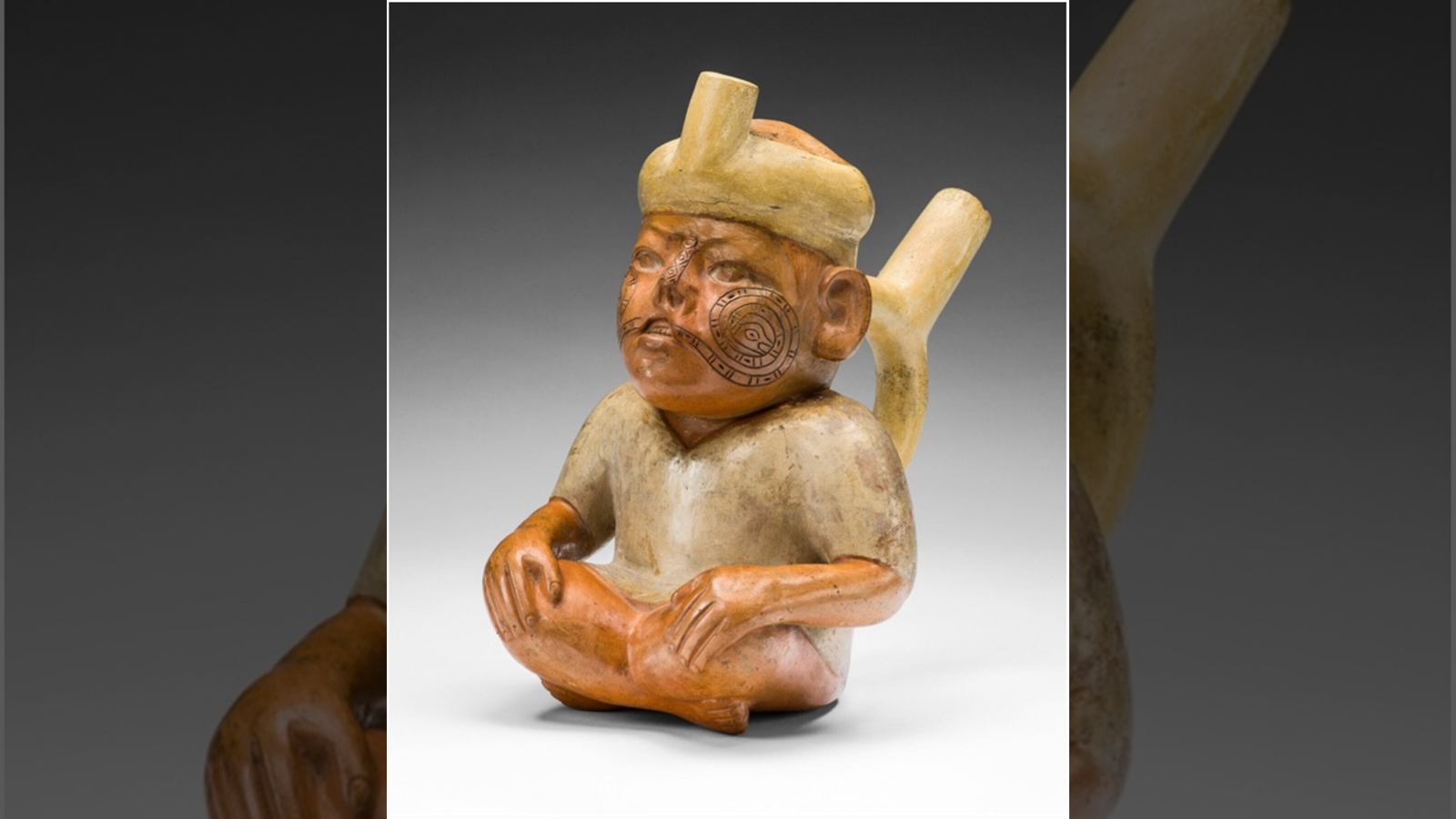
Nearly 5,000 years ago, nomadic shepherds opened some of the first links between eastern and western Asia. Archaeologists recently discovered domesticated crops from opposite sides of the continent mingled together in ancient herders' campsites found in the rugged grasslands and mountains of central Asia.
“Ancient wheat and broomcorn millet, recovered in nomadic campsites in Kazakhstan, show that prehistoric herders in Central Eurasia had incorporated both regional crops into their economy and rituals nearly 5,000 years ago,” said Micheal Frachetti, archaeologist at Washington University in St. Louis, Mo. and co-author of the study published in the Proceedings of the Royal Society B.
Photos: The Hunt for Lost Cities
One of the grains found in Kazahkstan, bread wheat (Triticum aestivum), was cultivated in the Middle East by 6,000 years ago, but didn’t show up in East Asian archaeological sites until 4,500 years ago.
Likewise, another grain found in the shepherd’s camps, domesticated broomcorn millet (Panicum miliaceum), may have originated in what is now China 8,000 years ago, but didn’t appear in southwestern Asia until 4,000 years ago.
Farming Sprang Up In Multiple Places
The nomadic shepherds may have been a crucial link across the vast expanse of steppe, desert and mountains that separated the agricultural and economic systems of eastern and western Asia.
Get the world’s most fascinating discoveries delivered straight to your inbox.
Central Asian shepherds did more than transport grains. The archaeologists also found evidence that herders began farming millet, wheat, barley and legumes by 4,000 years ago. The discovery of this prehistoric agricultural activity in Turkmenistan and Kazakhstan pushed back the earliest know farming in the region by 2,000 years.
Terracotta Warriors Inspired by Ancient Greek Art
The intrepid ancient shepherds of central Asia blazed trails that would expand into the economic highway of the ancient and medieval world. Eventually, the route would carry silks from Han Dynasty China to the Roman Empire and earn the name “Silk Road.”
The route remains in use today, though now railroads have replaced camels as the preferred means of travel.
This story was provided by Discovery News.


